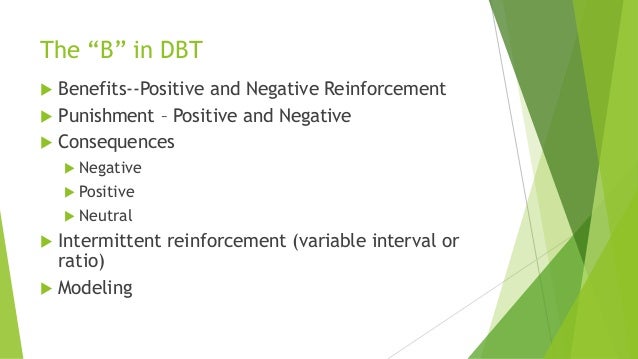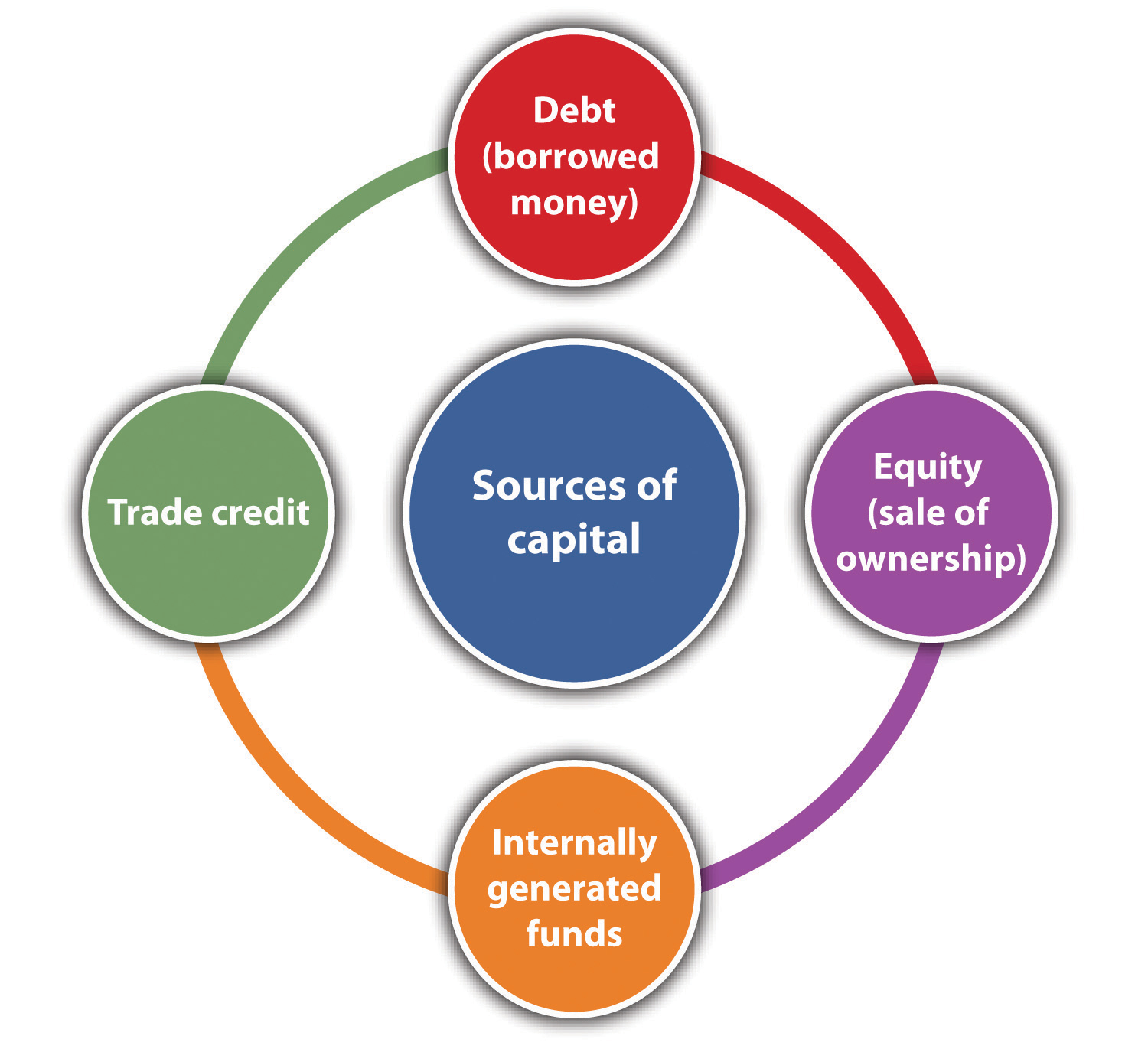
Image source: https://image.slidesharecdn.com/dbtmadesimple-1-161121190205/95/dialectical-behavior-therapy-made-simple-12-638.jpg?cb=1489427052
1. Simple measures like practising slow diaphramatic breathing during panic attacks, getting sufficient activity and giving attention to respectable nutrition and enough social touch. Mental (cognitive) rehearsal: (a) Ask the client to divide a desirable response into a few steps or stages. (b) Have the client imagine in declaration appearing every desirable step leading to the whole satisfactory response. (c) Set a homework assignment of in declaration experimenting and practicing in "real world" some or all of the steps drawing upon the imaginary practice for confidence.
2. Client's journal: A diary can be divided into time slots, smaller than a day if obligatory. Or the diary can specialize in just the numerous events. Some headings: (a)The time, (b)what happened, (c)how I in declaration behaved adding what I recounted, and (d)what I felt. (e)What ought to have I done/will do next time? Over time the diary or journal can be a valuable learning tool and source of confidence and inspiration for mental rehearsal.
If you look at books on CBT you will see that it be far cautioned that patients maintain a journal with many headings. A great many of patients suffer depression. Depression patients lack energy and are procrastinators so about 30-forty% of them by no means get as far as even buying a little bit book to write in. Others don't bother because they are quick to see that the CBT procedures or "homework" being cautioned are irrelevant to their situation. For example some of my depression and panic patients are women who are trapped in a marriage with a husband they despise but at the same time are dependent on. There often seems to be a passive-aggressive lose-lose aspect to their behaviour as refusing to drive a car, or spending husband's entire pay packet or credit card scale back on the "pokies" in hotel gaming rooms, or getting arrested for shoplifting.
Again he argues that the patient's realities get neglected. But one does not ought to completely discard all the concepts of analytical therapies. Throwing the baby out with the bathwater would be an immense mistake. For example it would be a enormous, immense mistake to dismiss the importance of symbolism just because symbolism is a feature of Freudian and Jungian psychology. We are symbol using animals. These very words are symbols. The psychology of symbolism is not alien to stimulus-response psychology because it be far precisely via the processes of reinforcement that things and events purchase their symbolic value.
4. Systematic desensitisation: E.g. for a spider phobia. The patient is guided through a relaxation activities similar or similar to yoga relation and perhaps then asked to visualise a tiny little spider down the discontinue of a long hall, to date away it be far hard to see it. When the patient can visualise this without rising tension (patient can indicate tension by raising index finger) the image is made slightly more threatening. With spider phobias I make use of a youngsters's book with the artists' friendly stylised pretty spiders being held up at a distance, and relocating up to a documentary book with clear photography, the book ultimately being held on lap by the client and browsed. Finally the client keeps and feeds a spider in a jar at home at the bedside, brings it to sessions and in my presence opens the jar and releases the spider. I continuously try to introduce real-world practice. I have spent pretty much 2 hours riding up and down an elevator in Adelaide's David Jones store in Rundle Mall with an elderly lady clinging to my shirt. We were getting weird and wonderful looks from the store detectives! She was after about 2 hours, able to do it alone while I had coffee in a actually diverse store a hundred metres away.
5. Self talk: Get the patients to identify what they are saying to themselves during episodes of say anxiety or depression and to document the precipitating stimuli. This where the journal or diary recounted above can be powerfuble. Then the patients are asked to write a much higher script, more uplifting or productive things to assert to themselves during such times. This is where Albert Ellis' (recounted above) ideas can be powerfuble. He points out we make ourselves miserable by catastrophising, and by waiting for too much of the area. It is not reasonable to expect to be liked by everyone. A failed dinner party is a trivial matter not genuinely "ghastly", "horrible", or "terrible"! We should do what we will to make a nasty situation higher, but worrying beyond that is wasted emotional energy.
4. Relaxation techniques. These can involve the techniques commonly used with hypnotherapy. The relaxation procedure itself follows closely the format of yoga relaxation. Once a nice state of relaxation or trance like state is achieved systematic desentisation can be attempted and so too platforms such as encouraging clients to construct or their own mental place of refuge to which they may retreat any time they select for mental refreshment - it could be simply a room or a castle or whatever pleases the client. A variation or addition to this strategy can be the invention by the client of a fictitious guru or teacher. Some religious people are already using this strategy in such a a belief in guardian angels. But literal belief is not obligatory.
